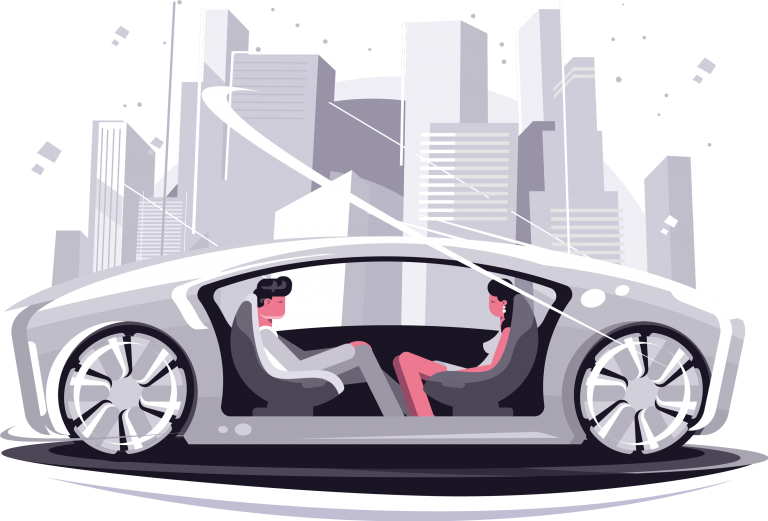How can companies better approach friction?
Joining fraud tools with identity proofing is critical to responding to advanced threats while minimizing friction. Once this is done, we can tune existing detection for new threats and know which signals will increase trustworthiness. For example, instead of rejecting any payments by our fraud tool, we can set up a series of friction-related journeys. One of our clients completely removed the majority of automatic declines and instead accepted more transactions with friction applied only for the risky people. They saw their dispute rate drop in half while conversions grew 25%. Most fraudsters will avoid the road built with extra security checks, not wanting to give up further information while goods users will attempt some verification. Even for the persistent fraudsters, we can eventually step up the challenges to a point where you disincentivize them through financial costs.
A client of ours also had a problem with a persistent fraud group attempting to bypass their fraud tool. While their fraud tool detected the majority of accounts, it wasn’t slowing down new attempts. The fraudsters would create entirely new accounts with new residential IPs, devices, emails, cards, etc. to try again with minimal resource costs. Outright bans weren’t working and didn’t teach the fraudsters a lesson. Instead, they leveraged Trust Swiftly to add in friction to these users that they knew regular customers could complete, but the fraudsters would have trouble doing. This directed the fraudsters to a journey with increasing scrutiny to complete the identity verifications. In the end, the fraudsters ultimately gave up and have yet to return exhausting their resources. Building a steep incline for known fraudsters is an easy way to stall them out and make sure they stay away from your business for the long-term. Automate Your Customer Journey
Automate Your Customer Journey
Dynamic friction will also allow the people you usually reject outright to be given a second chance. The next evolution will be dialing back any friction you have in your onboarding process. People like to get to their destination fast. However, a brake check after the initial sign up or transaction is a much better experience than turning off their car. This allows you to put the majority of your users in auto-piloted journeys enabling them to interact with your business faster. If you want to learn how to implement dynamic friction for your business, contact us, we can help optimize your customer’s experience with Trust Swiflty.